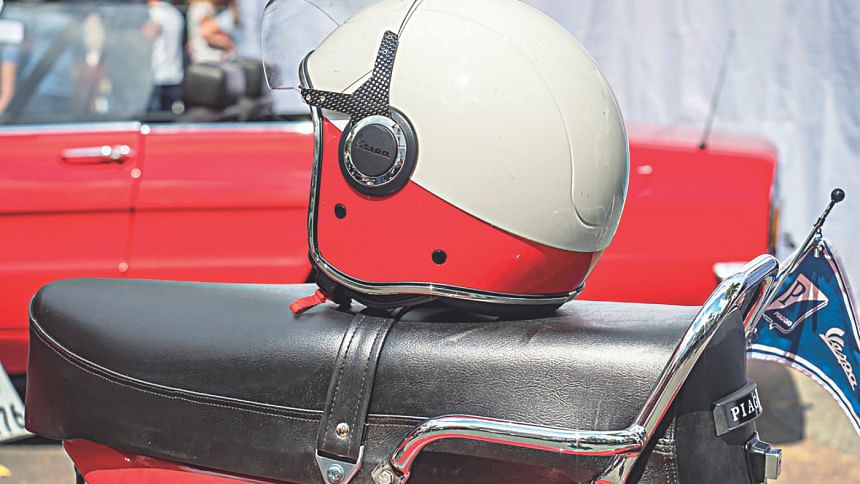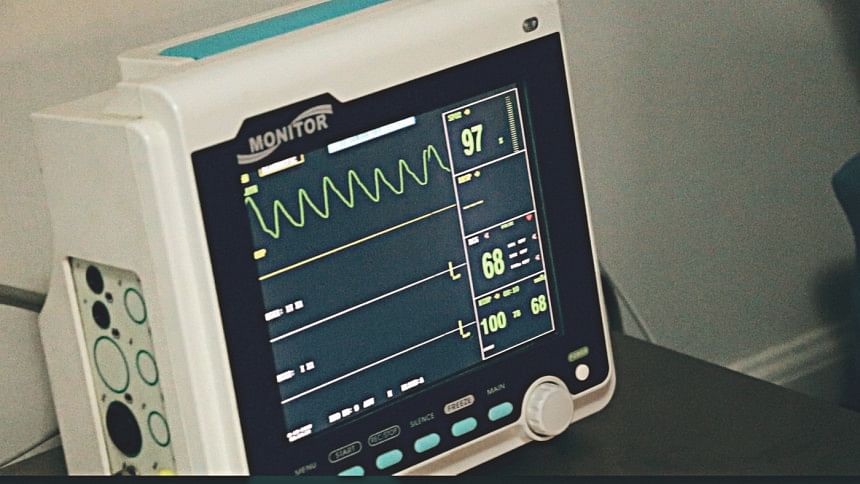Motorcycle crash aftermath, a survivor’s perspective

It is said the best accidents are the ones that you can walk away from. Although any injury is arguably better than ending up in a grave, not being able to use your right arm because of a crushed wrist is also miserable, speaking from personal experience. Here are the few steps I took that saved my life and few I ignored that came to haunt me.
Use decent riding gear
Helmets are about 37 per cent effective in preventing motorcycle deaths 2 and about 67 per cent effective in preventing brain injuries. Your skull will fracture if hit with velocities as low as 20km/h. And while you can deal with a fractured limb, a cracked skull can put you out permanently. So get yourself a helmet with at least a real DOT certification, better if you get one with an ECE stamp. With your head protected, strongly consider investing in some arm and leg guards, as a decent pair of those will cost less than the BDT 50,000/- in medical fees require to fix one crushed wrist.


Wait for help
As much as we like to claim otherwise, the human body is little more than a computer made of flesh. And much like a computer, it takes time to recover after an unexpected mishap, for example a massive blunt trauma. So after your failed attempt at recreating one of Evel Knievel's stunts, please wait for help to arrive before you start moving. Don't just try to walk it out and do not just pick up your bike and start riding it again. Movements like those will make any minor injury worse, such as shattering a wrist that only suffered some cracks. It is better to have someone else do it, and if that's not feasible, at least call for someone who can help.
Have your medical information on you
Assuming you have decided not to cheap out on your riding gear and managed to stay alive after your misfortune, it is a good idea keep some of your medical information on you. There is no telling that you will remain conscious after the crash or be able to speak properly, because I certainly was not able to. Important must-have info includes name, address, emergency contact details and blood group. Write and tape it on the back of your helmet and one in your wallet.
Finally, just go to the hospital.

 For all latest news, follow The Daily Star's Google News channel.
For all latest news, follow The Daily Star's Google News channel. 



Comments